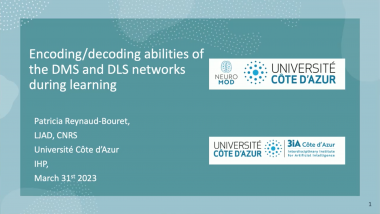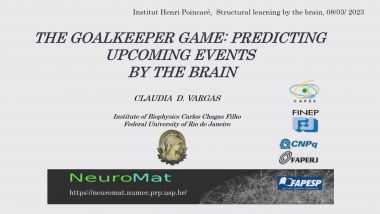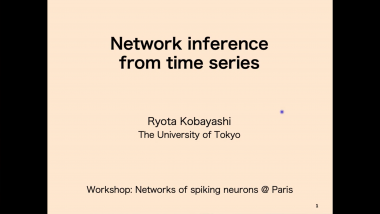Appears in collection : 2023 - T1B - Random processes in the brain: from experimental data to math and back
Studies on motor imagery suggest a high level of similarity with actual motor performance. Research examining the role of the executive motor system in motor imagery has found that there is general agreement in favor of the activation of the premotor and primary motor area during imagery, although at a reduced level compared to motor execution. However, in imagined conditions, there is a lack of sensory stimulation as no action is physically performed. Consequently, the learning process through sensorial guidance cannot benefit from sensory stimulation as it would in actual motor execution conditions. To study learning and memory, the serial reaction time task is widely employed. This task enables the analysis of how only imagined conditions can effectively lead to an improvement in overall performance and in the performance in individual actions with different probabilities. Given this difference, the statistical brain hypothesis can be tested to assess whether the predictive condition alone is as effective as one that also involves sensory markers derived from the actions that are actually performed. The present study aims to address this issue on serial reaction time and in ERP analyses.
















